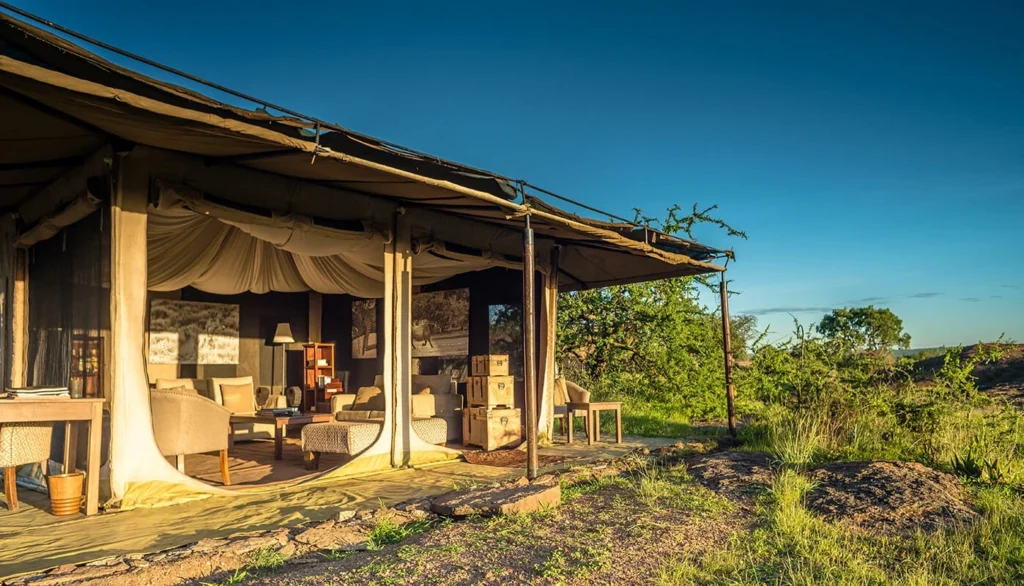Great Migration Tanzania 2025 Safari Guide
The Great Migration Tanzania 2025 is one of nature’s most spectacular events. From December to March in the southern Serengeti to June–July in the western corridor and river crossings in July–September, this guide helps you time your safari, choose routes, and understand best viewing strategies.
Every year, over a million wildebeest, zebras, and gazelles migrate in a giant loop across Tanzania’s Serengeti-Mara ecosystem. For many travelers, witnessing this journey—especially river crossings at the Grumeti and Mara rivers—is the highlight of a lifetime. This guide explains where to go, when to go, and how to plan your itinerary to maximize your chances of seeing migration action.
When & Where Great Migration Tanzania 2025 Happens
Southern Serengeti & Ndutu (December – March)
After calving season, herds move south into Ndutu and the southern plains. This period is ideal for predator action among newborn calves.
Western Corridor & Grumeti (May – July)
As grasslands dry in the south, herds shift west through the Grumeti region, often gathering before crossing rivers.
Northern Serengeti & Mara River Crossings (July – September)
This is the dramatic stage: wildebeest confront crocodile-infested rivers like the Mara. Peak crossings often occur late July to early September.
Return to Serengeti South (October – December)
Herds begin their return south through the central Serengeti in preparation for calving.

Sample Itineraries to Maximize Sightings
| Days | Route | Highlights |
|---|---|---|
| 7-Day Migration Special | Ndutu → Grumeti → Northern Serengeti | Calving, river crossings, abundant predators |
| 10-Day Wild & Water | Southern Serengeti → Western Corridor → Maasai Mara | Panoramic crossings, cross-border extension |
| 14-Day Deep Migration Loop | All zones + photographic workshops | Extended coverage, more buffer on timing |
Tip: Build in flexibility of ±1–2 days to allow for delays or unexpected movement.
River Crossing Tips & Best Practices
- Patience is key — don’t expect constant action.
- Use high ground vantage points (rocks, river edges).
- Look for animal movement upstream as crossings often start gradually.
- Watch for scout groups that test crossings first.
- Bring a telephoto lens, fast shutter speed, and rain protection.
- Always follow your guide’s safety instructions—rivers are dangerous.
Practical Considerations & Logistics For the Great Migration Tanzania 2025
- Fly between regions (Seronera → Grumeti → Kogatende) to save time.
- Travel in all-terrain vehicles with flip-up roofs for clear views.
- Stay in mobile camps or tented camps that reposition with herd.
- Pack binoculars, a camera rain cover, backup batteries, and mosquito repellent.
- Book 6–12 months ahead for peak season in July–August.
Related Internal Links
- 10-Day Luxury Exceptional Wildebeest Migration Safari & Zanzibar
- Best Time to Visit Zanzibar After Safari
- Tanzania Travel Tips 2025

